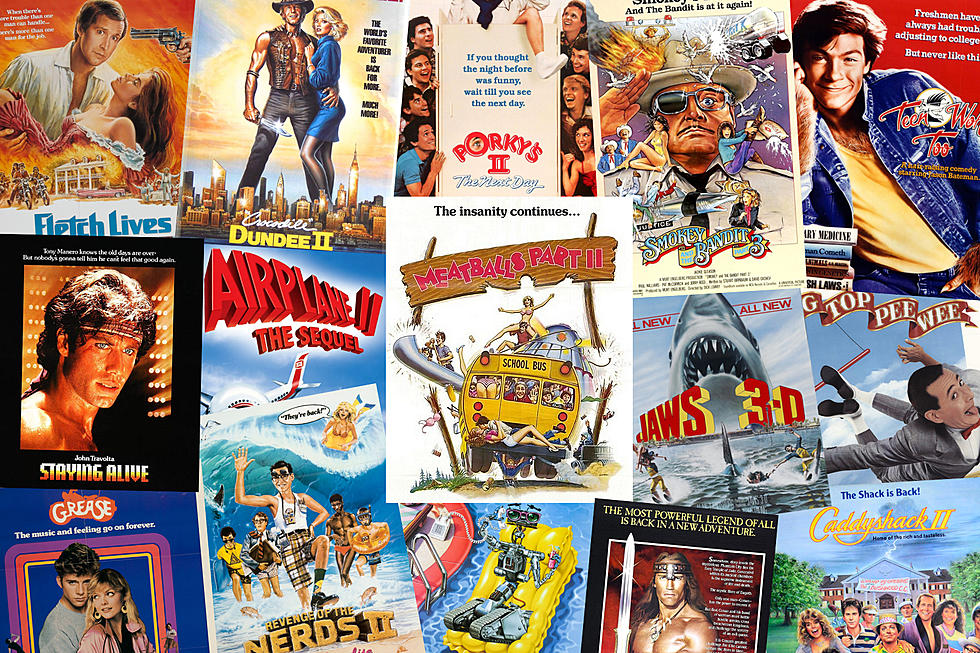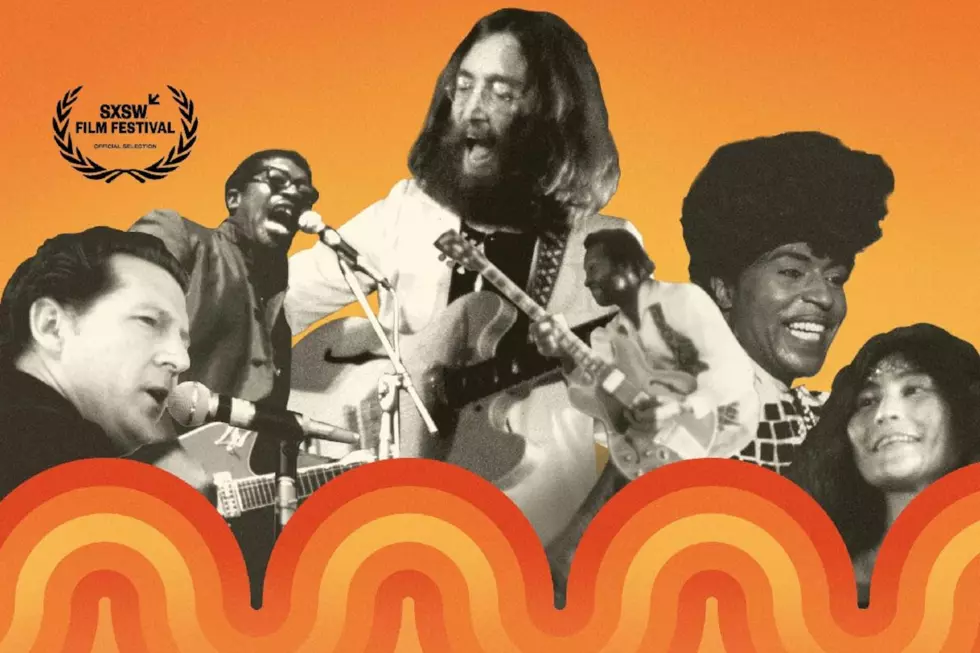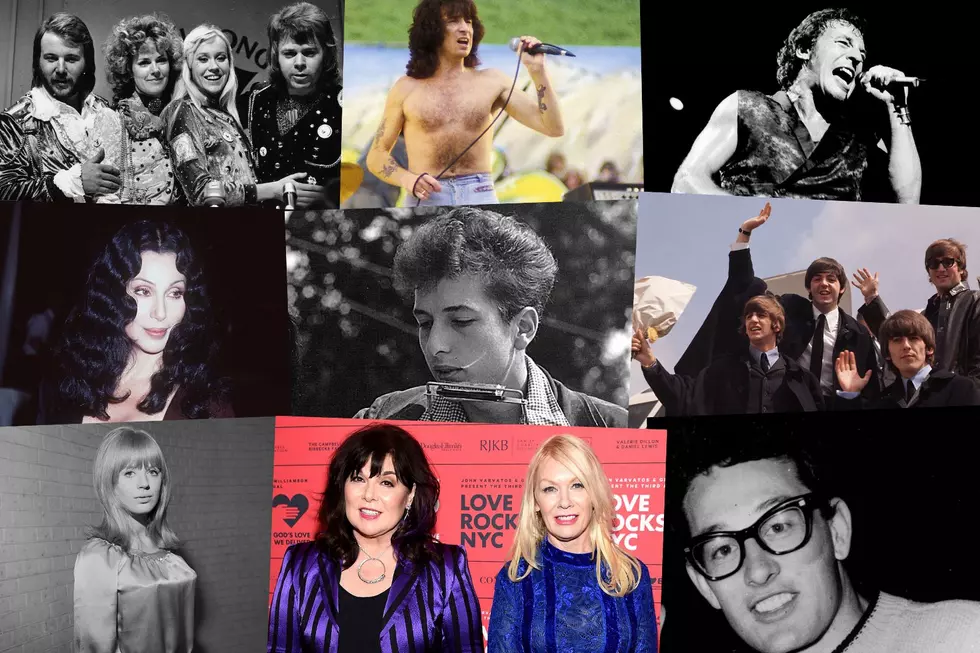
25 Years Ago: ’12 Monkeys’ Predicts the Pandemic
It could be the plot of a Terry Gilliam movie. In 2020, a pandemic threatens humanity’s survival. Faced with the reality that society’s own constructs are helping spread the virus, desperate minds travel back in time to 1996, watching a film that predicted how society’s constructs would help a pandemic threaten humanity’s survival. Of course, that’s entirely fictional. Isn’t it?
When Gilliam was offered the director’s role on 12 Monkeys in 1994, he was immediately attracted to the seemingly simple story that relied on so many different people’s perceptions of life that it could carry almost endless interpretations. All of them hinged on whether the protagonist, James Cole, is sane – something even Cole himself is unsure of.
Apparently a survivor of a pandemic that spread in 1996, Cole is sent back from the post-apocalyptic world of 2035 to prevent the Army of the Twelve Monkeys from releasing the virus in the first place. After risking his life in a number of situations, partly due to the jerry-rigged nature of time-travel technology and partly due to his reception in the 20th century, Cole discovers that the Twelve Monkeys clue is inaccurate. In pursing mental patient Jeffrey Goines, the leader of the “army,” he allows the culprit behind the pathogen’s release to get away with his twisted plan. He also discovers that when he saw a man killed in an airport as a child, he actually witnessed his own death.
Gilliam always preferred to make his own stories into movies, but when he was presented with David and Janet Peoples’ 12 Monkeys script, he found it “intriguing and intelligent,” he explained in the DVD sleeve notes. “The story is disconcerting,” he added. “It deals with time, madness and a perception of what the world is or isn't. It is a study of madness and dreams, of death and rebirth, set in a world coming apart.” It’s like he knew.
He wanted to cast Nick Nolte as Cole and Jeff Bridges as Goines, but the studio wouldn’t have it. “I pulled away from the whole project … we didn’t quite have the kind of control I wanted, so I walked,” the Monty Python icon explained in his 1999 memoir Gilliam on Gilliam. But in considering the situation again, he realized he was perhaps in a position of strength because he didn’t feel he had to make 12 Monkeys “at all costs.” "An overweening passion to do things isn’t necessarily the best way to make them," he noted.
Returning to the project, he settled on Bruce Willis for Cole and Brad Pitt for Goines, even though both actors had to work hard to persuade the director. It was a scene from Die Hard that put Willis on his radar: “He’s picking glass out of his feet while on the phone to his wife and he’s crying. He told me this wasn’t in the script but was his idea, and I liked that.” Pitt made his case by persuading Gilliam that “he was determined to prove something, like Bruce, and I thought that was great. I’m always a sucker for people trying to break out of the mold.”
The production still wasn’t secure, though. Kevin Costner’s post-apocalyptic movie Waterworld was sinking into financial disaster, pouring cold water on the 12 Monkeys project. Gilliam recalled that producer Charles Roven used his experience to find handfuls of cash in the hidden corners of the Universal corporation and keep the movie moving. “We were never formally green lit; it just happened,” the director noted. Even then, it was made with a total budget of $29.5 million, which was remarkably low for a movie of its type. “Bruce worked for scale, which is almost nothing, and Brad did it for half a million,” Gilliam recalled. It was fortunate that when he signed up, Pitt wasn’t a big star; by the time 12 Monkeys hit screens on Jan. 5, 1996, he was box-office gold.
The story was inspired by Chris Marker’s 1962 French sci-fi short La Jetee, although it was never intended to be a remake. Gilliam didn’t see that film until 12 Monkeys’ premiere in Paris, saying that the only influence he took from it was by osmosis from the Peoples’ script. “I thought it was fantastic,” he said afterward. “It wasn’t translated and my French is terrible, but that didn’t seem to matter, since the story is so simple.”
Gilliam’s story was less so. In fact, he discovered that the less he clarified things, the better his construction worked out. A key moment came during a test screening, when the audience didn’t like the developing relationship between Cole and psychiatrist Kathryn Railly (played by Gilliam’s first choice, Madeleine Stowe). Cole kidnapped Railly, and in a scene where she removes a bullet from his leg, Gilliam had emotionally inviting music playing, making the moment appear “definitely romantic.” “I realized the music was too definite, so we went back and changed it into something very ambivalent … letting the audience decide what’s happening, instead of being Spielberg and telling them how to respond," he explained. "The more ambiguous we kept things, the better it went. Any time we made a definite statement, musically or otherwise, it didn’t work.”
In 12 Monkeys, the situation is in constant flux, mainly as a result of people’s attempts to take command of it from different directions. The scientists struggle to interpret imperfect data, and there’s a gap of understanding between the intellectual experts and the executive who’s trying to contain the situation. Assumptions of command structure are used to deal with the failure of that structure. Every time it seems like the compass might stop spinning, there’s a mutation that spins everything out again.
One of the most stirring aspects of 12 Monkeys is about how it feels to live in a pandemic, and it’s that aspect that lends the movie so much impact in the COVID era. Gilliam makes it easy to put ourselves in Cole’s position as prisoners, incarcerated by a locked-down society. From there, we can ask ourselves any number of questions that pertain to 2020. Is this madness? If it is, but we’re not mad, does it help to be sane? If nothing is certain, does it matter how we react to what we think is happening to us? Is that madness? And then, in that iteration, does that matter? It’s like he knew.
“The film only becomes stable towards the end when we realize that everything really is true: The future is there and they’re all going to die,” Gilliam said, although, just like the setting he depicted, he added elements that weren't in the script simply because they arose. “I was intrigued to see if I could keep an audience engaged all the way through without them just throwing up their hands,” he admitted.
Watch '12 Monkeys’ Trailer
12 Monkeys was a big hit, grossing more than $169 million worldwide and becoming one of Gilliam’s greatest successes. It made him proud, but for the director, it also made a point about not running with the herd all the time. “For a film that complex to do so well says something - it’s here to keep retelling Hollywood there’s an intelligent audience out there,” he said. However, his warning about spreading risk and keeping options open fell on deaf ears: “They said it was all down to two words: Brad Pitt,” he explained.
Pitt received his first Oscar nomination and a Golden Globe win, while the movie picked up a number of other awards. It had a lasting effect on the careers of both Willis and Pitt, as Gilliam noted later. “I cast Bruce and Brad completely opposite of what they normally did,” he told PeopleTV in 2019. “Bruce was always a motormouth … and Brad was always very laconic.”
It’s hardly a surprise that 12 Monkeys enjoyed a resurgence during the year of coronavirus. But in April 2020, as media analysts reported an “uptick” in demand, cowriter David Peoples admitted he never took a scientific approach to illustrating a pandemic. “We knew as much about that as most people who write these post-holocaust movies have no idea how an atomic bomb works,” he told Yahoo! “We didn't really imagine that we would live in a world in which the atomic bomb had destroyed half of the United States, and we didn't really imagine that we would go through a pandemic. But we understood the concept and understood that it was potential real thing.” They didn’t know, but it’s like they knew.
Watch a Second Trailer for ’12 Monkeys’
Underneath this post-apocalyptic setting, it’s possible to see the movie as an observation about the damage we do to ourselves and how our attempts to address or ignore that damage sets off a cascade of consequences that may never stop causing mutations. In every decision Cole makes while certain he’s sane, there’s another decision he could have made if he’s sure he’s insane ... and vice-versa. Right here, right now, our daily choices are influenced by whether we think we’ve got COVID or we’ve had COVID or we don’t want to think about COVID or we’re even certain we couldn’t possibly get COVID. As a result, we can be our own system-wide infection.
“We tamper with things because we can,” Gilliam reflected. “And nobody seems to want to stop us experimenting with nasty and dangerous things. And occasionally they get a bit loose.” Elsewhere, he discussed the “human condom” biohazard suit Cole is seen wearing. “There was something about the idea that people putting layer upon layer to protect themselves from a potential infection end up, in a sense, isolating themselves from one another," he said. "And I became obsessed with that.” It’s like he knew.
But life goes on, just not as expected – just like, one assumes, large-scale human disasters of the distant past. Gilliam made sure that message was in there, too, which means, once the story is all over, there’s one more important point to acknowledge. Asked to compare 12 Monkeys to Brazil, his Nineteen Eighty-Four-style dystopia story, he replied: “I think it's a tragedy, in a strange way, but it's also a love story … it's about death and resurrection. It's probably more hopeful.” It’s like he knows.
The Best Horror Movie From Every Year: 1920-2019
More From Ultimate Classic Rock









